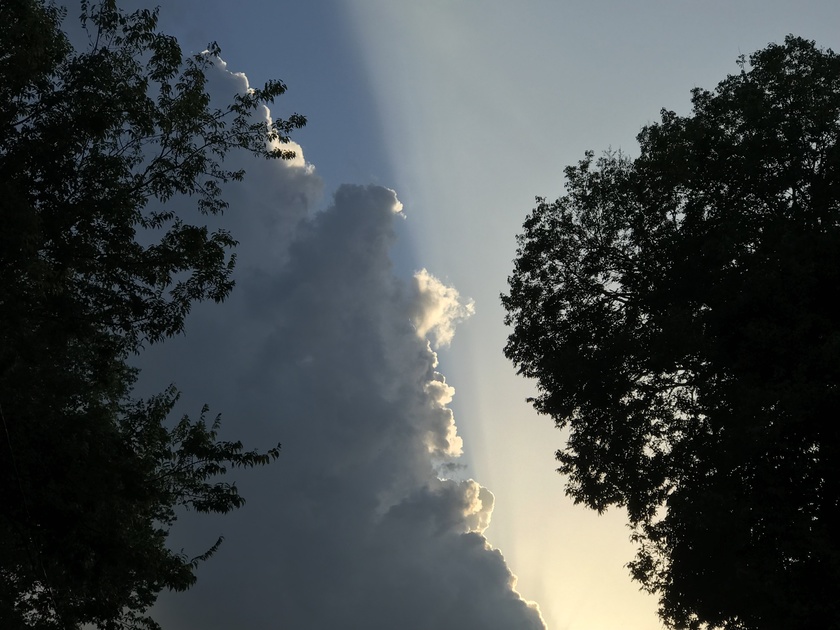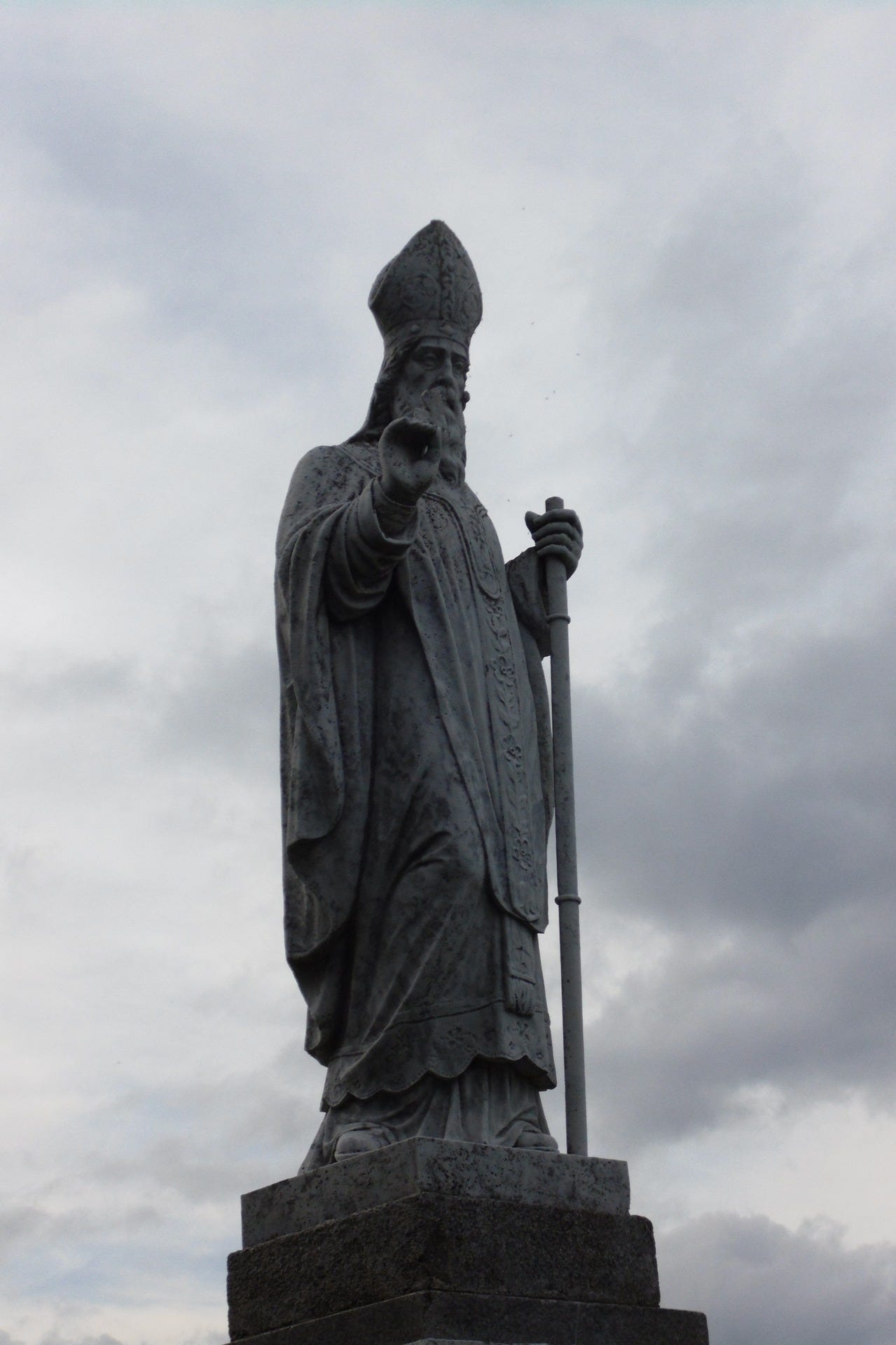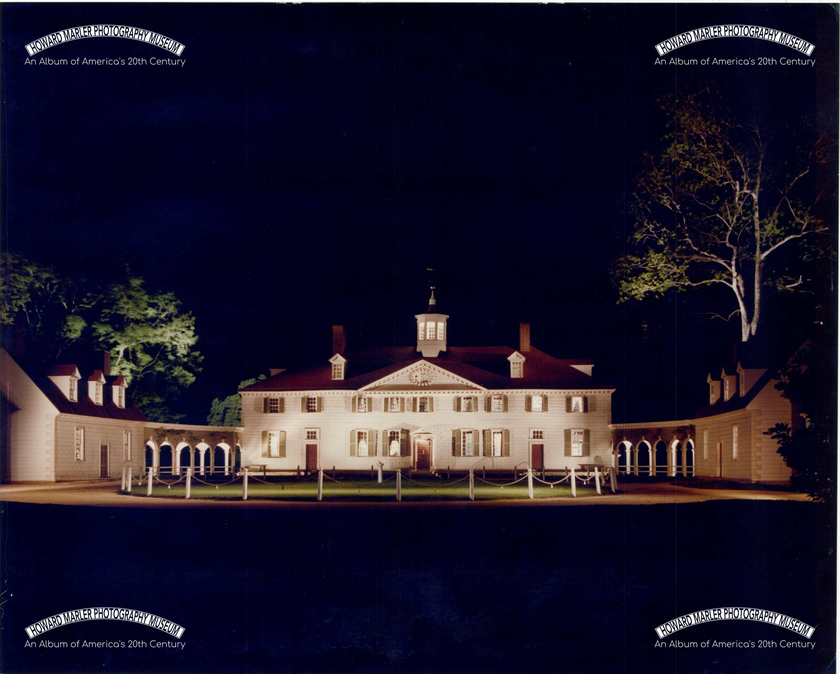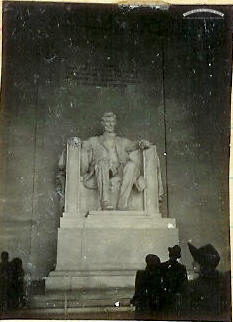
Just a quick reminder that Daylight Savings Time begins on Sunday the 12th of March our annual changing of the clocks for the first half of the year.

The first reference to something like what we now call daylight savings time is in a satire by Benjamin Franklin. While serving as Minster to France Franklin noticed that the French tended to wake about or afternoon, and conduct business well after midnight, sometimes even into the early hours before sunrise. In his satire, Franklin began by describing being woken early and seeing the sunrise. Having rediscovered the dawn Dr. Franklin then proceeded to discover that the entire day was lighted by it. Having made these two fascinating discoveries and opined on their causes as philosophers do; Franklin then proposed that there were immense cost savings to be had by the entire nation of France. In the second half of his piece, Franklin proposed that if the French rose with the sun and conducted their business in daylight, they could save all of the money spent on candles for other uses and estimated that it could run into millions. As a joke in the piece, Franklin proposed that the nation should reset the clocks so that noon would occur at sunrise and thereby benefit them by waking them to carry out the day's business in daylight.

Contrary to popular belief Franklin did not propose daylight savings time; but he did propose that we should not waste money. Throughout his life, Franklin tried to help people find ways of living more efficiently and at a lower cost. The satire on doing business in daylight was intended as a light-hearted observation of the habits of extravagance. But, it could also be applied to many other things such as sunshine laws in politics, etc.
The United States has had several incarnations over the last century, including when it was repealed. In 1966 the United States Passed the Uniform Time Act of 1966. This law established the changing of the clocks twice a year and the direction in which they moved. For many decades the clocks move in April and October recently this was changed to March and November. Under the Uniform Time Act of 1966 states can opt out of Daylight Savings Time but to opt out of Standard Time requires an act of congress. In 1974 there was a year of permanent Daylight Savings Time and there were complaints about starting the day in darkness and other issues that led to restoring the clock changes in 1975.

Some of the agricultural states in the western United States do not use Daylight Savings Time. In less agricultural settings the issues are different being less involved with nature and livestock; and more with offices and schools.

In recent years some additional states have attempted to achieve permanent Daylight Savings Time (in the last two years some examples are Tennessee and Florida), but none have been successful in getting congressional approval.
The Arguments for permanent DST appear to be: 1) The “extra hour” of sunlight in the evening, 2) Theoretically lower energy costs (not sure that this has ever been proven).
The case against appear to be: 1) The extra hour of sunlight in the evening means an extra hour of darkness in the morning ( instead of turning on the lights earlier in the evening we turn them on earlier in the morning), 2) Since we still have the same number of dark hours we just swap them from morning to evening and disturb our internal clock.
To Participate in our poll on what to do about DST please click here
For those who would like to read Dr. Franklin’s satire in full:
https://americanliterature.com/author/benjamin-franklin/letter/an-economical-project






















